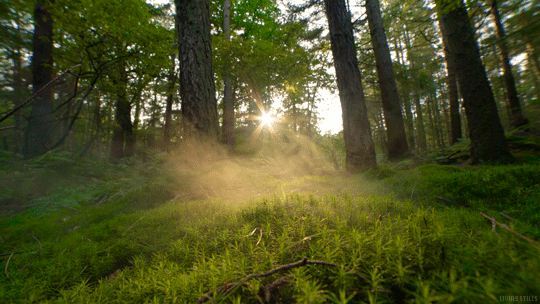Breathing 4 - The wisdom of your silken layer
This lesson considers the freedom of our breath as a freedom to interact with the world. Do we restrict ourselves by breathing poorly? Do we restrict our ability to sense what is actually going on?
We’ve been considering the movement of our respiratory cavity as we breathe and following its effortless rhythm. You may have experienced a great sense of ease in the way you were breathing after each of the classes we’ve been doing but if we increase our workload or the range of interactions we share we may need to do a little more.
However, increasing tension to achieve this rarely works. As with the finger trap, the more we resist the tighter we become.
This week we’ll pay attention to the evenness of the torsion through our head, neck and torso and how its organisation influences our capacity to breathe.
We are indeed a set of tubes within a tube - a series of tubes with sensors, pouches and pumps that interact with our environment.
The flow of force through our bodies is not always as even as this model.
We sometimes unnecessarily compress parts of our body and those areas restrict our ability to move and interact. It’s often the openings of our head and pelvis and structures such as the larynx but it’s also the middle of some of our segments and in particular the ribcage.
Imagine this dog with a shrivelled neck and chest. How will it feel? How will it influence the flow of life through its body?
So how do we safely open out those areas of restriction? How do we create the conditions necessary to open ourselves from within? Well .. to get more we sometimes need to do less.
We’re going to begin doing something with our breath this week that I find quite mysterious.
We’ll pay attention to our heart rate and seek to slow everything down. We’ll also seek to breathe less and to pay close attention to the way our body prepares itself to welcome air when we really need it.
It really is curious. If you breathe out slowly, sensing the parts of your body that are restricted then pause with an awareness of your shape, you can feel your body begin to open from within.
The trick is to allow it to happen and not to take in too much air. Our capacity to absorb oxygen is tied to the amount of carbon dioxide we have to exchange. The problem is that Carbon Dioxide levels can deplete if we over breathe so all that precious oxygen is just breathed out again.
Reducing the amount of breath is a good way to restore that balance.
It’s much better if we only take what we need. If we slow ourselves down that’s so much easier.
So we’ll do this in our own time tuning in to any unnecessary tensions in our body that are likely to make us over breathe. You can (and should) only open your body when you feel safe to do so. Everyone has their own pathway and we all arrive in time.
The benefits are rather amazing.
This blog post relates to the fourth lesson in the breathing series. You can find that lesson by clicking here



